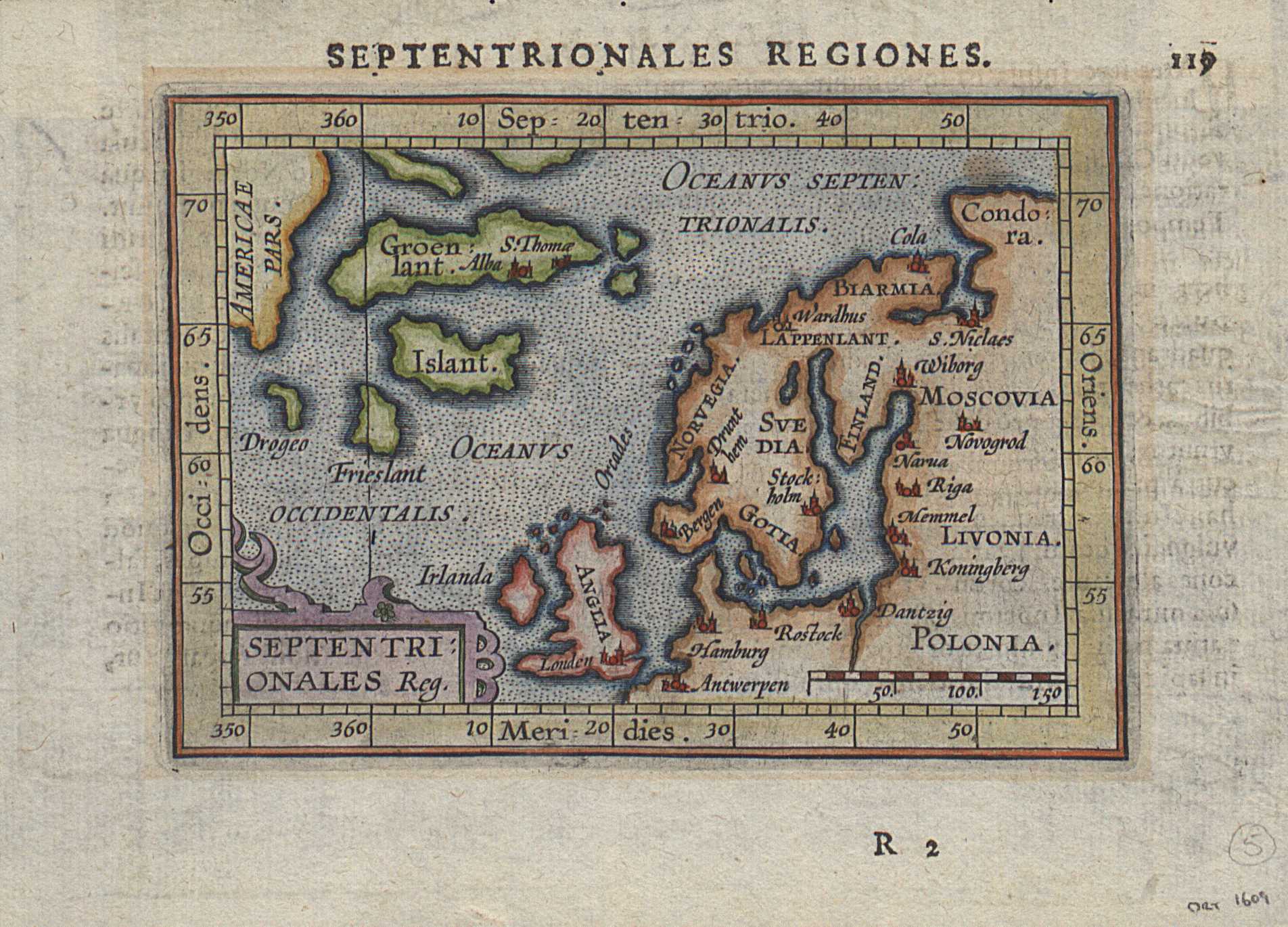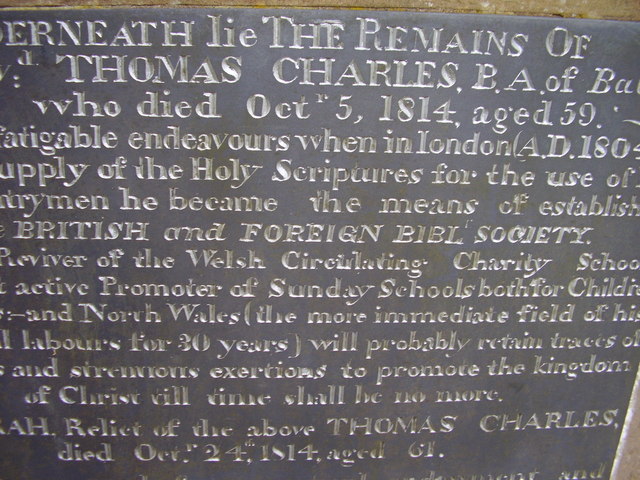|
Kildin Sámi
Kildin Sámi (also sometimes known as ''Kola Sámi'', ''Eastern Sámi'', and ''Lappish'', though all of these are ambiguous) is a Sámi language spoken on the Kola Peninsula of northwestern Russia that today is and historically was inhabited by this group. The Sámi languages closest to Kildin are Ter Sámi and Akkala Sámi, in Soviet tradition sometimes considered to be dialects of Kildin Sámi. From a strictly geographical point of view, only Kildin and Ter, spoken on the Peninsula, could be regarded as Kola Sámi. It is the largest of the Eastern Sámi languages by number of speakers. Its future, however, appears to be not as bright as that of Skolt Sámi or Inari Sámi because the language is used actively by only very few people today. Geographic distribution Originally, Kildin Sámi was spoken in clustered areas of the mainland and coastal parts of the Kola Peninsula. Nowadays, Kildin Sámi speakers can be found in rural and urban areas, including the administrative ... [...More Info...] [...Related Items...] OR: [Wikipedia] [Google] [Baidu] |
Kola, Russia
Kola (russian: Ко́ла; se, Guoládat; sms, Kuâlõk) is a town and the administrative center of Kolsky District of Murmansk Oblast, Russia, located at the confluence of the Kola and Tuloma Rivers, south of Murmansk and southwest of Severomorsk. It is the oldest town of the Kola Peninsula. Population: 11,060 ( 2002 Census); History The district of Kolo was first attested in Russian chronicles in 1264. The first documented mention of the town itself dates to 1565—''Administrative-Territorial Division of Murmansk Oblast'', pp. 18–19 the area was settled by the Pomors, who built the fort of Kola also called ''Malmus'' (russian: Мальмус). Over time, Sweden extracted the Kola Peninsula from both Russia and Denmark-Norway in a series of wars and resulting treaties.''A Short History of Finland'', pp. 36–37 However, in the later Treaty of Teusina in 1595, Sweden acknowledged Russian rights in Kola. Claims from Denmark-Norway remained, however, and in ... [...More Info...] [...Related Items...] OR: [Wikipedia] [Google] [Baidu] |
Semisoft Sign
The semisoft sign (Ҍ ҍ; italics: ) is a letter of the Cyrillic script. The semisoft sign is used in the alphabet of the Kildin Sami language, where it indicates palatalization (sometimes also called "half-palatalization") of the preceding stop, . It has a similar shape to the yat (ѣ) but the taller horizontal stroke is shorter. Computing codes See also * Ѣ ѣ : Cyrillic letter Yat * Cyrillic characters in Unicode As of Unicode version 15.0 Cyrillic script is encoded across several blocks: * CyrillicU+0400–U+04FF 256 characters * Cyrillic SupplementU+0500–U+052F 48 characters * Cyrillic Extended-AU+2DE0–U+2DFF 32 characters * Cyrillic Extended-BU+A ... References Writing {{cyrillic-alphabet-stub ... [...More Info...] [...Related Items...] OR: [Wikipedia] [Google] [Baidu] |
Loanword
A loanword (also loan word or loan-word) is a word at least partly assimilated from one language (the donor language) into another language. This is in contrast to cognates, which are words in two or more languages that are similar because they share an etymological origin, and calques, which involve translation. Loanwords from languages with different scripts are usually transliterated (between scripts), but they are not translated. Additionally, loanwords may be adapted to phonology, phonotactics, orthography, and morphology of the target language. When a loanword is fully adapted to the rules of the target language, it is distinguished from native words of the target language only by its origin. However, often the adaptation is incomplete, so loanwords may conserve specific features distinguishing them from native words of the target language: loaned phonemes and sound combinations, partial or total conserving of the original spelling, foreign plural or case forms or i ... [...More Info...] [...Related Items...] OR: [Wikipedia] [Google] [Baidu] |
All Caps
In typography, all caps (short for "all capitals") refers to text or a font in which all letters are capital letters, for example: "THIS TEXT IS IN ALL CAPS". All caps may be used for emphasis (for a word or phrase). They are commonly seen in legal documents, the titles on book covers, in advertisements and in newspaper headlines. Short strings of words in capital letters appear bolder and "louder" than mixed case, and this is sometimes referred to as "screaming" or "shouting". All caps can also be used to indicate that a given word is an acronym. Studies have been conducted on the readability and legibility of all caps text. Scientific testing from the 20th century onward has generally indicated that all caps text is less legible and readable than lower-case text. In addition, switching to all caps may make text appear hectoring and obnoxious for cultural reasons, since all-capitals is often used in transcribed speech to indicate that the speaker is shouting. All-caps text ... [...More Info...] [...Related Items...] OR: [Wikipedia] [Google] [Baidu] |
British And Foreign Bible Society
The British and Foreign Bible Society, often known in England and Wales as simply the Bible Society, is a non-denominational Christian Bible society with charity status whose purpose is to make the Bible available throughout the world. The Society was formed on 7 March 1804 by a group of people including William Wilberforce and Thomas Charles to encourage the "wider circulation and use" of the Scriptures. History The British and Foreign Bible Society dates back to 1804 when a group of Christians, associated with the Religious Tract Society, sought to address the problem of a lack of affordable Bibles in Welsh for Welsh-speaking Christians. Many young girls had walked long distances to Thomas Charles to get copies of the Bible. Later the story was told of one of them – a young girl called Mary Jones who walked over 20 miles to get a Bible in Bala, Gwynedd. BFBS was not the first Bible Society in the world. The first organisation in Britain to be called "The Bible Soc ... [...More Info...] [...Related Items...] OR: [Wikipedia] [Google] [Baidu] |
Arvid Genetz
Arvid Oskar Gustaf Genetz (1 July 1848— 3 May 1915) was a Finnish politician, poet and linguist. He wrote under the pseudonym Arvi Jännes. His best known poems are "Herää Suomi”, ”Karjala” and ”Väinölän lapset”. He was a member of the Senate of Finland from 1901 to 1905. Background He was born in Impilahti, Finland. His parents were Carl Johan Garbriel Genetz and Laura Charlotta Ferrin. His brother was the Finnish composer Emil Genetz (1852-1930). Genetz was married in 1877 with Julia Eva Maria Arppe (1851-1931). He and his wife had six children: sons Juho, Arvi, Niilo and Paavo, and daughters Laura and Helvi. Poet and author Saima Harmaja (1913–1937) was his granddaughter. Career Genetz graduated from the gymnasium in 1866, graduated from the Imperial Alexander University (now University of Helsinki) as a candidate doctor in 1871 and received his doctorate in 1877. He initially worked as a Finnish and Swedish teacher at the Lyceum in Hämeenlinn ... [...More Info...] [...Related Items...] OR: [Wikipedia] [Google] [Baidu] |
Russification
Russification (russian: русификация, rusifikatsiya), or Russianization, is a form of cultural assimilation in which non-Russians, whether involuntarily or voluntarily, give up their culture and language in favor of the Russian culture and the Russian language. In a historical sense, the term refers to both official and unofficial policies of the Russian Empire and the Soviet Union with respect to their national constituents and to national minorities in Russia, aimed at Russian domination and hegemony. The major areas of Russification are politics and culture. In politics, an element of Russification is assigning Russian nationals to leading administrative positions in national institutions. In culture, Russification primarily amounts to the domination of the Russian language in official business and the strong influence of the Russian language on national idioms. The shifts in demographics in favour of the ethnic Russian population are sometimes considered as a form ... [...More Info...] [...Related Items...] OR: [Wikipedia] [Google] [Baidu] |
Sámi People
The Sámi ( ; also spelled Sami or Saami) are a Finno-Ugric-speaking people inhabiting the region of Sápmi (formerly known as Lapland), which today encompasses large northern parts of Norway, Sweden, Finland, and of the Murmansk Oblast, Russia, most of the Kola Peninsula in particular. The Sámi have historically been known in English as Lapps or Laplanders, but these terms are regarded as offensive by the Sámi, who prefer the area's name in their own languages, e.g. Northern Sámi . Their traditional languages are the Sámi languages, which are classified as a branch of the Uralic language family. Traditionally, the Sámi have pursued a variety of livelihoods, including coastal fishing, fur trapping, and sheep herding. Their best-known means of livelihood is semi-nomadic reindeer herding. about 10% of the Sámi were connected to reindeer herding, which provides them with meat, fur, and transportation; around 2,800 Sámi people were actively involved in reindeer herding o ... [...More Info...] [...Related Items...] OR: [Wikipedia] [Google] [Baidu] |
Nicholas II Of Russia
Nicholas II or Nikolai II Alexandrovich Romanov; spelled in pre-revolutionary script. ( 186817 July 1918), known in the Russian Orthodox Church as Saint Nicholas the Passion-Bearer,. was the last Emperor of Russia, King of Congress Poland and Grand Duke of Finland, ruling from 1 November 1894 until his abdication on 15 March 1917. During his reign, Nicholas gave support to the economic and political reforms promoted by his prime ministers, Sergei Witte and Pyotr Stolypin. He advocated modernization based on foreign loans and close ties with France, but resisted giving the new parliament (the Duma) major roles. Ultimately, progress was undermined by Nicholas's commitment to autocratic rule, strong aristocratic opposition and defeats sustained by the Russian military in the Russo-Japanese War and World War I. By March 1917, public support for Nicholas had collapsed and he was forced to abdicate the throne, thereby ending the Romanov dynasty's 304-year rule of Russia (1 ... [...More Info...] [...Related Items...] OR: [Wikipedia] [Google] [Baidu] |
Izhma Komi
The Izhma Komi (Russian: ''''; endonym: ; Nenets: нысма, ''nysma'') is a sub-group of the much larger Komi people, who traditionally reside in the north of the Komi Republic, primarily in the Izhemsky District, but also in the Nenets Autonomous Okrug & the Yamalo-Nenets Autonomous Okrug around the borders with the Komi Republic. The beginning of the formation of the Izhma Komi ethnic group is traced to the second half of the 16th century when a group of Komi founded the Izhma ''sloboda'' by the Izhma River. The formation of the separate ethnicity finalized during the 17th and 18th centuries. During the 19th century they expanded their area of settlement by settling along the middle Pechora River, by the Usa River, in Bolshezemelskaya and Kanin Peninsula tundras. They also crossed the Ural Mountains and settled by the Ob River. A group of Izhma Komi settled as far as at the Kola Peninsula, where 1,128 were recorded to live in the 2002 census.Yuri Shabayev, Valeri Sharapov," ... [...More Info...] [...Related Items...] OR: [Wikipedia] [Google] [Baidu] |
Apatity
Apatity ( rus, Апатиты, p=əpɐˈtʲitɨ, lit. apatites) is a town in Murmansk Oblast, Russia, located along the Murman Railway, west of Kirovsk and south of Murmansk, the administrative center of the oblast. The town is named after one of its most abundant natural resources in the area, apatite, the raw mineral used in the production of phosphorus mineral fertilizers. Population: Geography The town is located on the Kola Peninsula, between Lake Imandra and the Khibiny Mountains, by the left bank of the Belaya River. Google Earth History The passing loop of Bely () on the Leningrad-Murmansk Railway was built in 1926 and the settlement of Apatity was founded in 1930. It was classified as an urban locality by the All-Russian Central Executive Committee (VTsIK) Resolution of August 20, 1935, when the settlement of pri sovkhoze "Industriya" was merged into Apatity and it was granted work settlement status.''Administrative-Territorial Division of Murmansk Oblast'' ... [...More Info...] [...Related Items...] OR: [Wikipedia] [Google] [Baidu] |






